Dynamic Symmetry and Design Techniques in Epic Paintings (Paris Video)
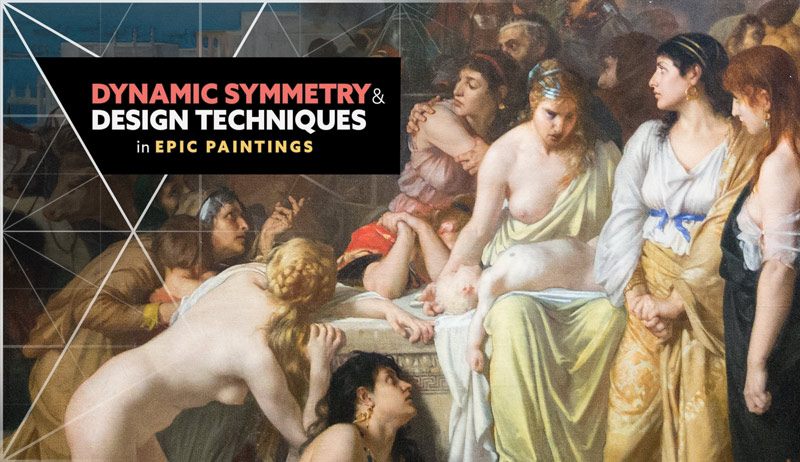
#573
Hey everyone, welcome back and thanks so much for all of the continued support.
Today we’ve got a great video straight from the Musee d’Orsay in Paris. I walk around and analyze three massive paintings for their design techniques. I even discuss the design of a cool sculpture. Let’s get into it!
Design Techniques in Epic Paintings Video Dynamic Symmetry &
*Warning: paintings with nudity, and violence
As I walk around the room of beautiful paintings, I’ll discuss techniques like the ellipse (see Day 34), arabesque (see Day 17), aerial perspective (see Day 42), dynamic symmetry (see Page or Book), and enclosures (see Day 32). The more you learn these techniques, the easier it is to spot them in master paintings and incorporate them in your own art. Photos, drawings, paintings, sculptures; all of these can benefit from design techniques.
If you’re wanting to know the brief story of each painting and see more details, please check them out below. As with all of my museum visits, I take lots of detail photos (see Day 281). The descriptions were translated from French, but are mostly accurate.
Do you already incorporate some of these techniques in your art? Which ones? Do you have a favorite painting below? Why? Feel free to leave comments below, or swing by YouTube and leave one there. Thanks, enjoy the video and be sure to take notes and study the techniques!
Paul Chenavard Epic Painting #1
“Divina Tragedia” 1869
The artist imagines in this painting a moment of the history of humanity, the end of polytheistic cults and the triumph of Christianity, figured in the form of a fight between the gods. But the painting is also the expression of a philosophical ideal: at the top to the left of the composition, dominating the battle and riding a chimera (a winged mythological creature), stands the figure Androgyne, symbol of the harmony to be achieved between the two natures of man. The strangeness of this vision, which exists only in the mind of the little character located in the lower right corner, in the middle monuments of Rome, is reinforced by the use an unreal palette of shades of gray.
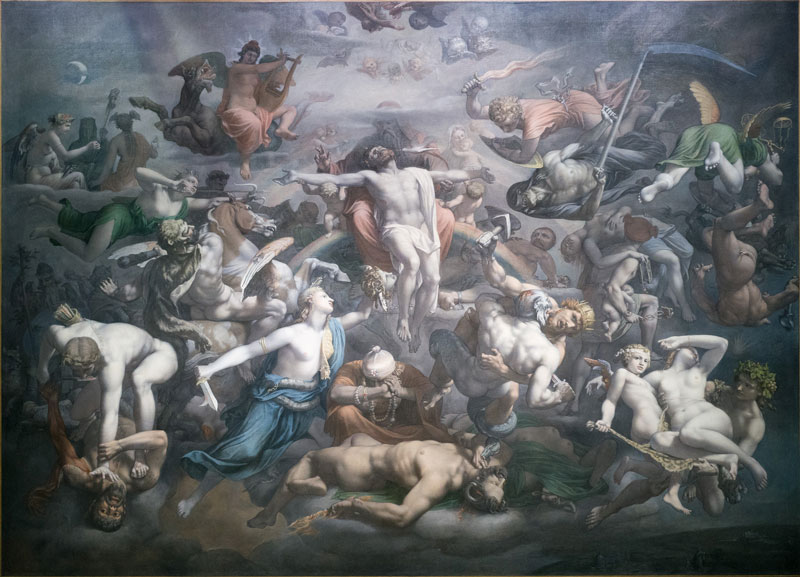
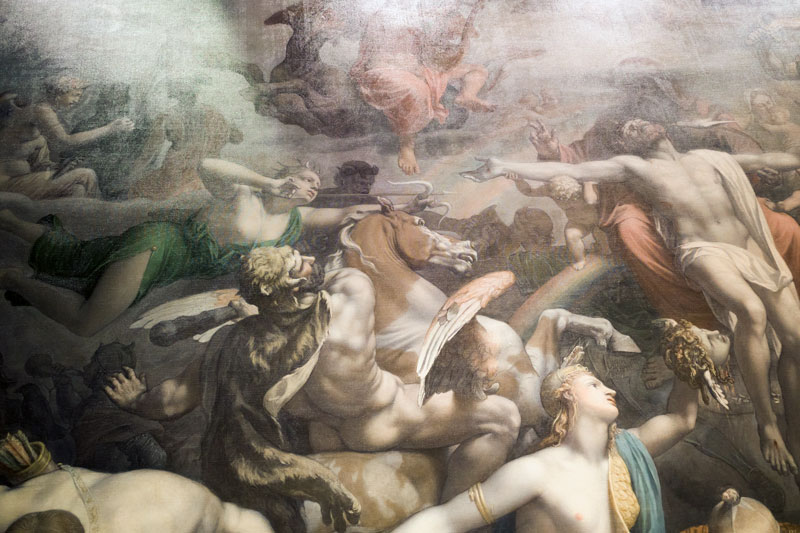
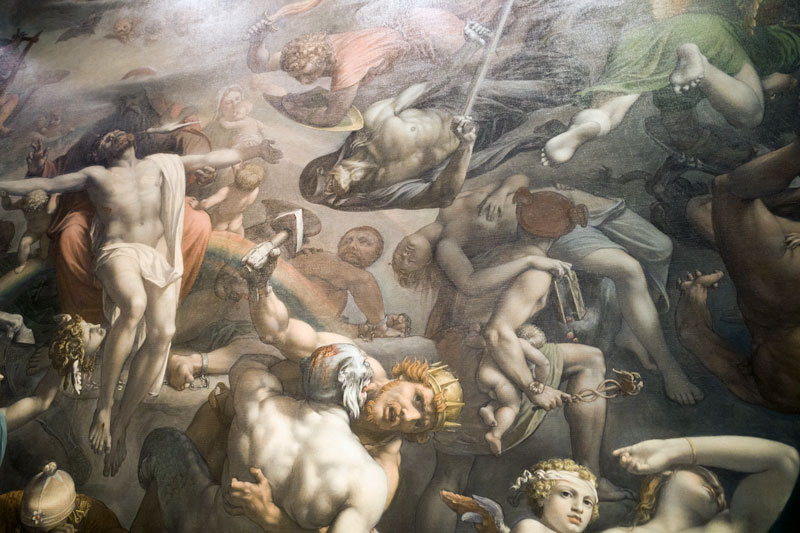
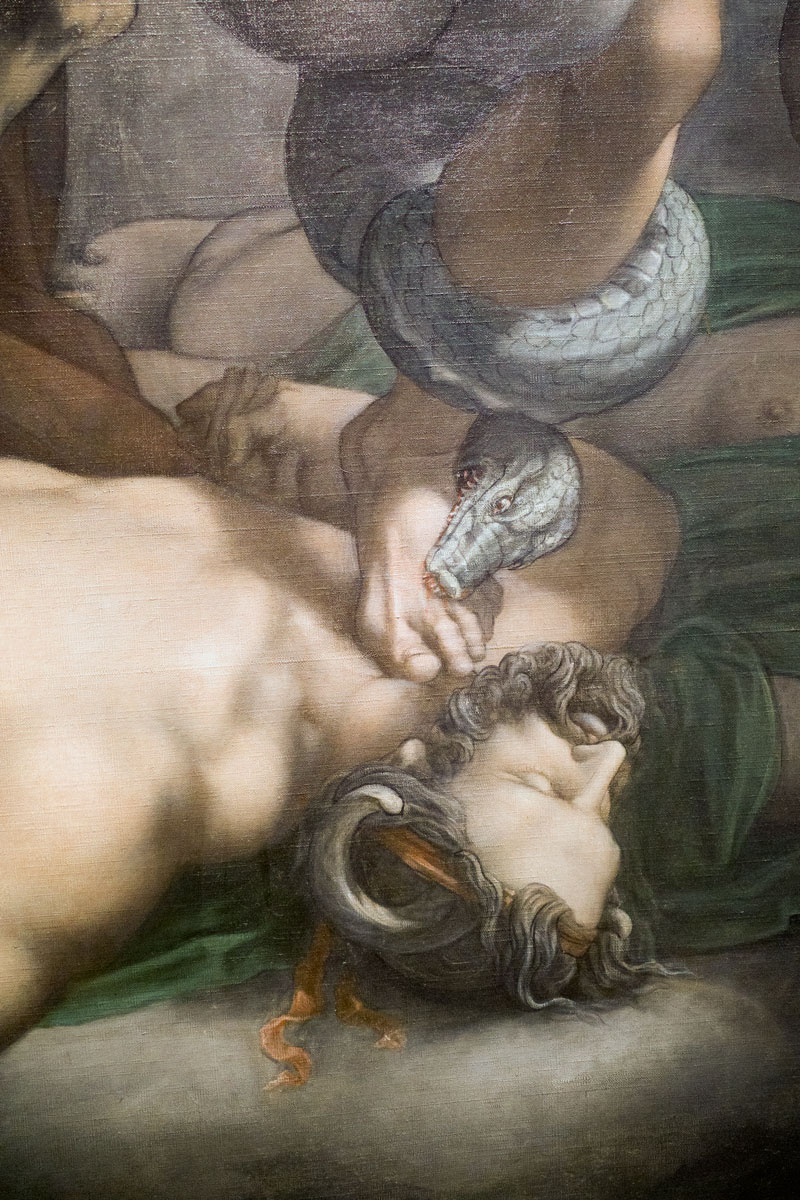
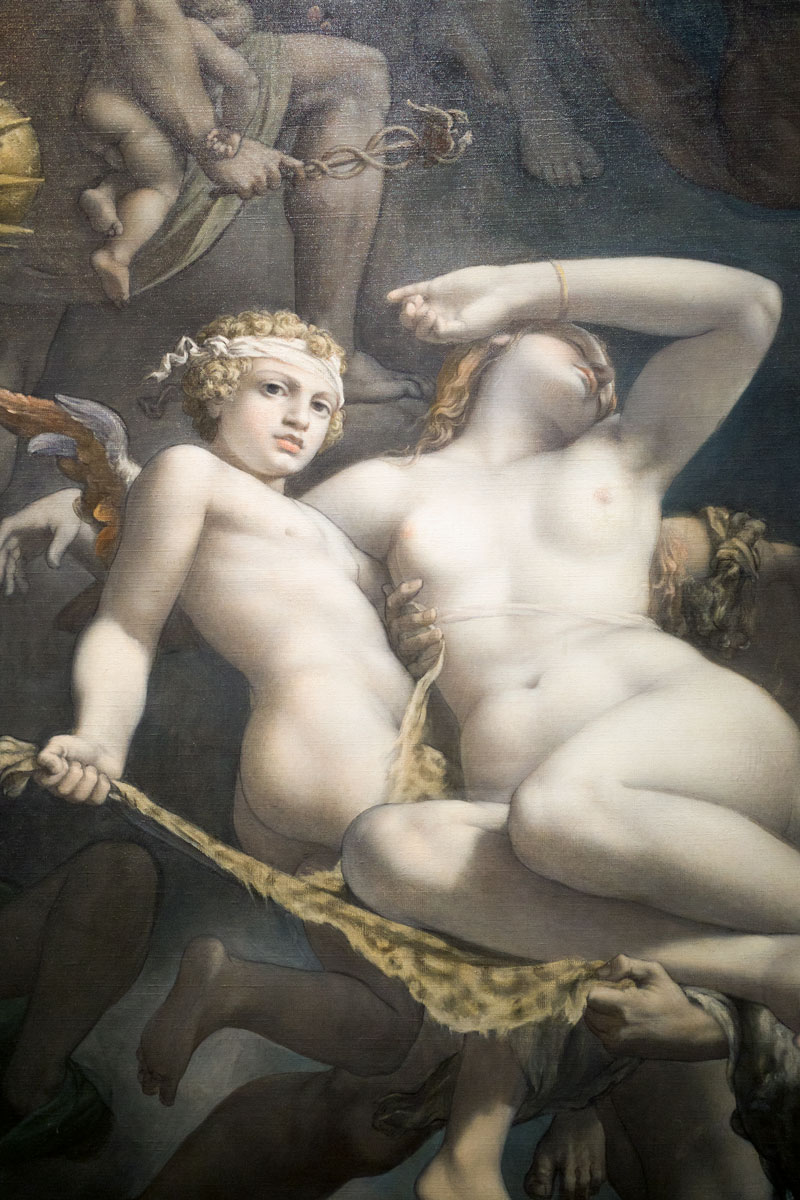
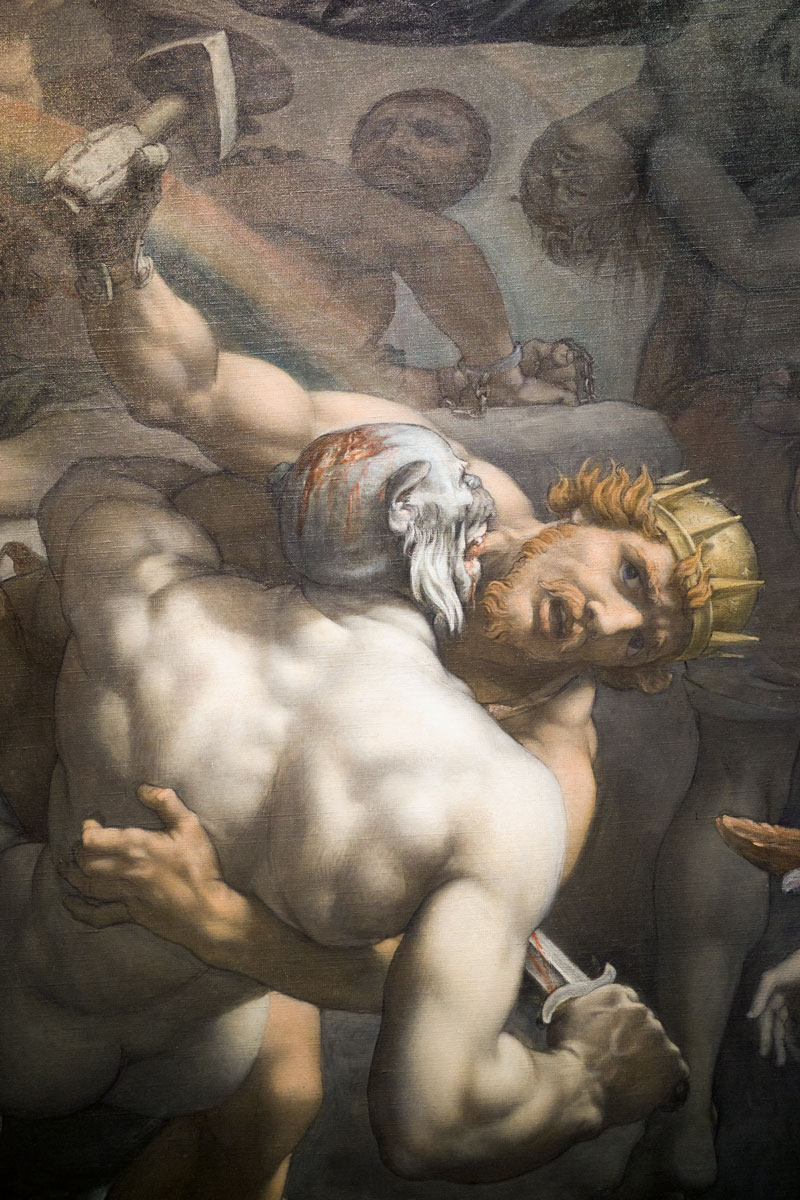
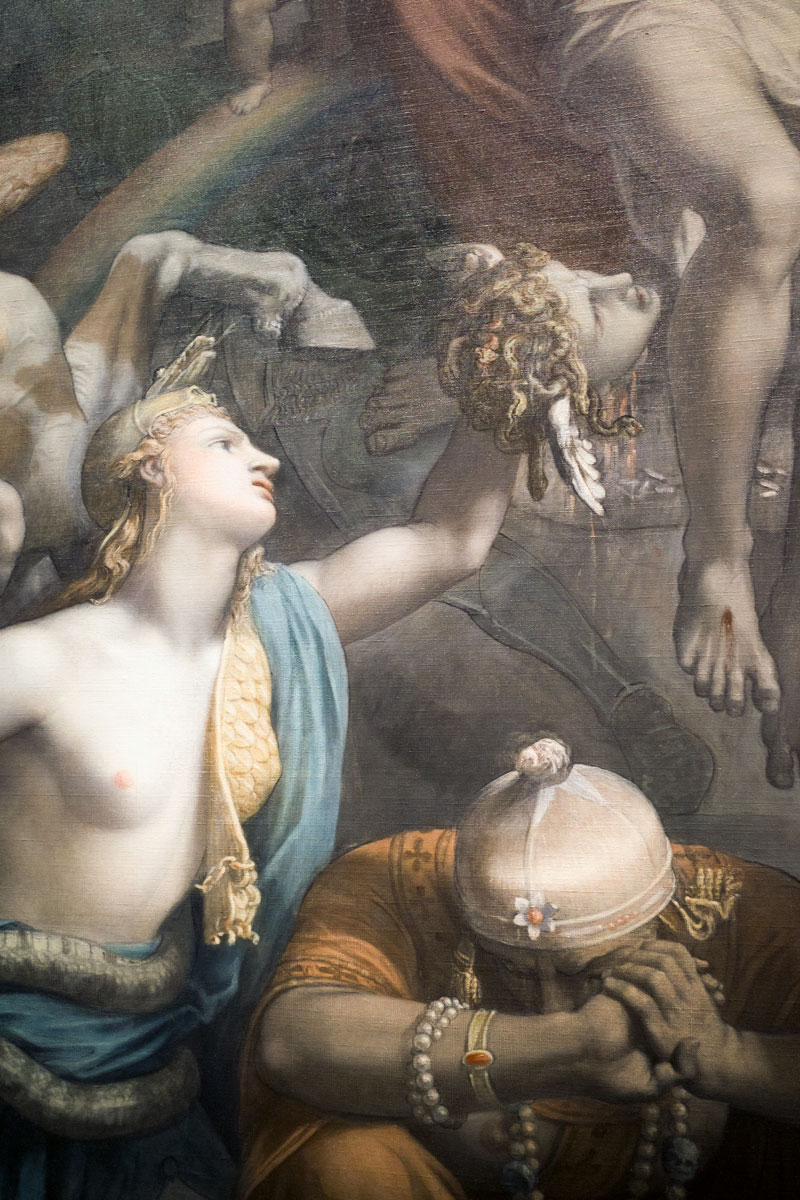
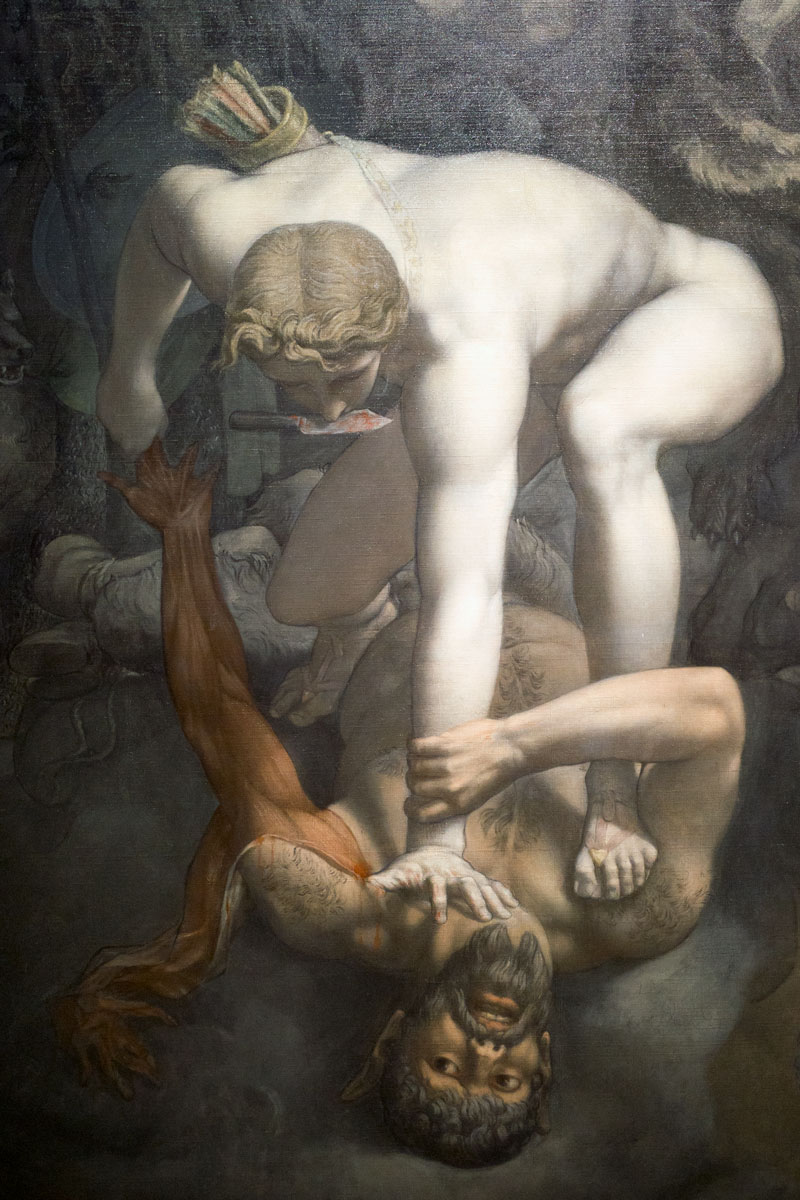
Tony Robert-Fleury Epic Painting #2
“The Last Day of Corinth” 1870
In 146 BC, the Greek city of Corinth falls in the hands of Rome. Robert-Fleury depicts the moment where the Roman army enters the sacked city. The women of Corinth, dreading their fate, take refuge at the foot of the statue of Athena. The work of the young artist, who took three years to complete his painting of twenty-four square meters, is rewarded at the Salon with a medal of honor.
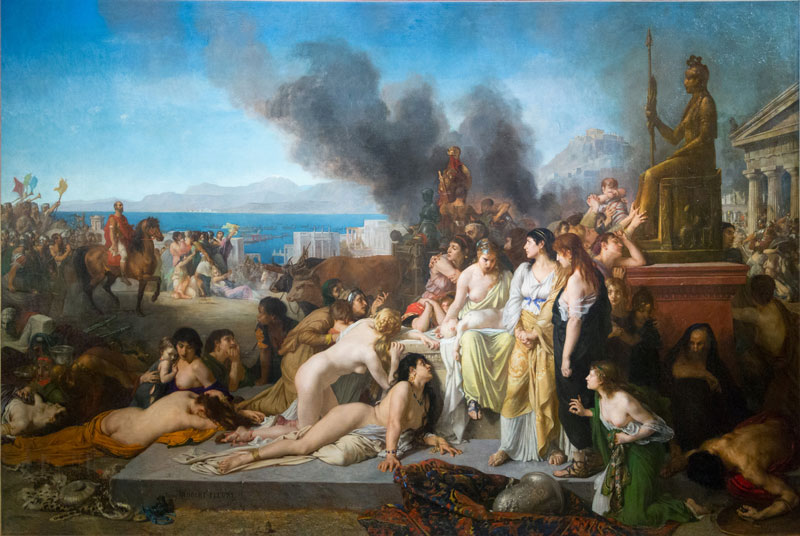
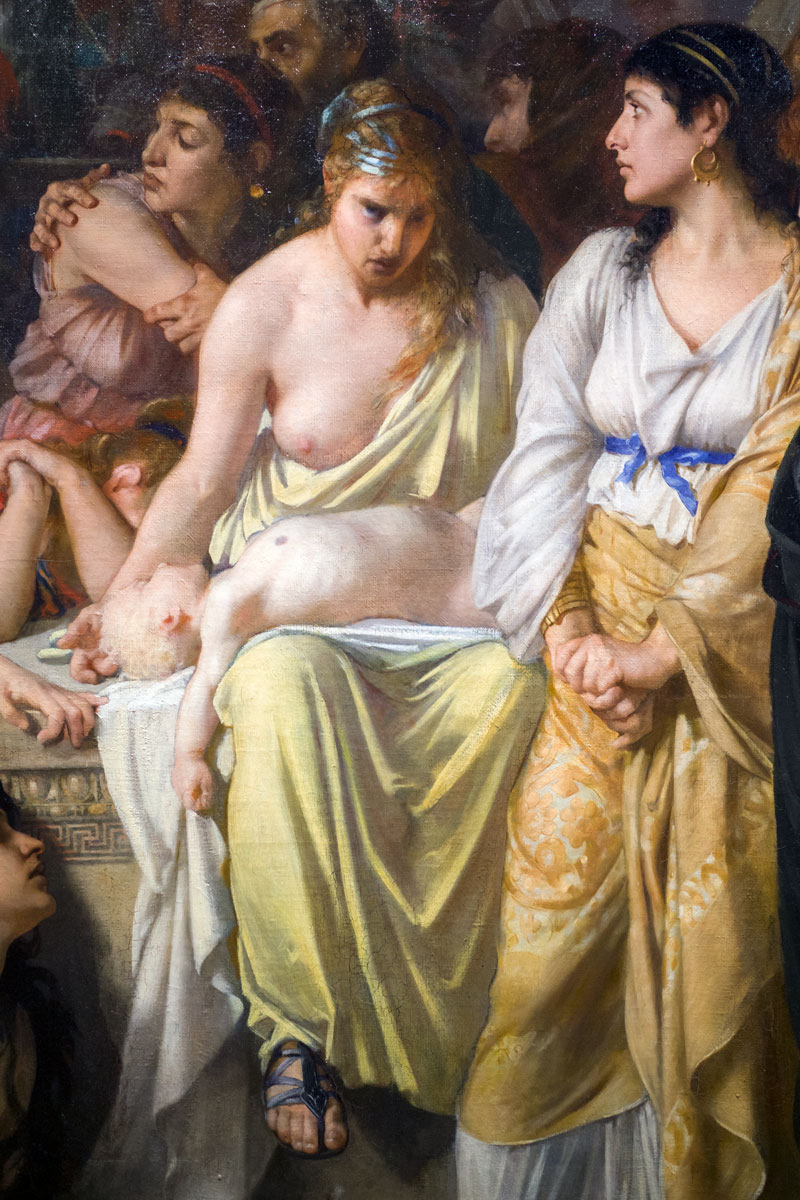
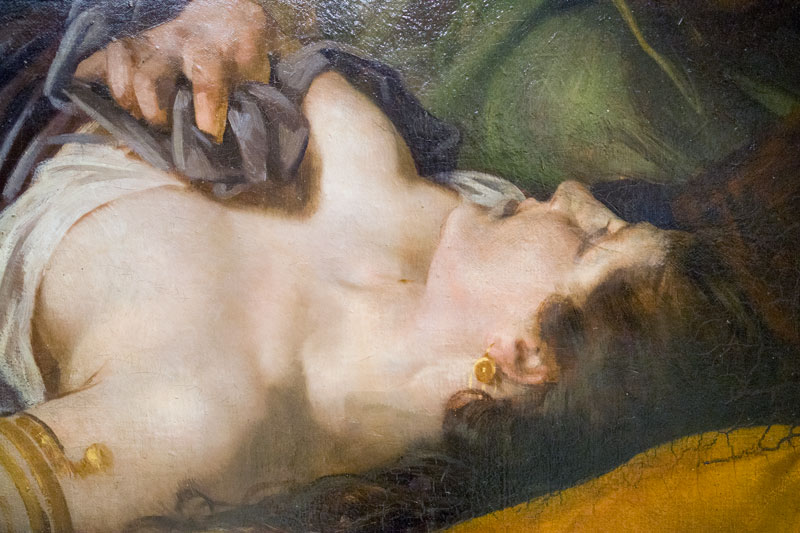

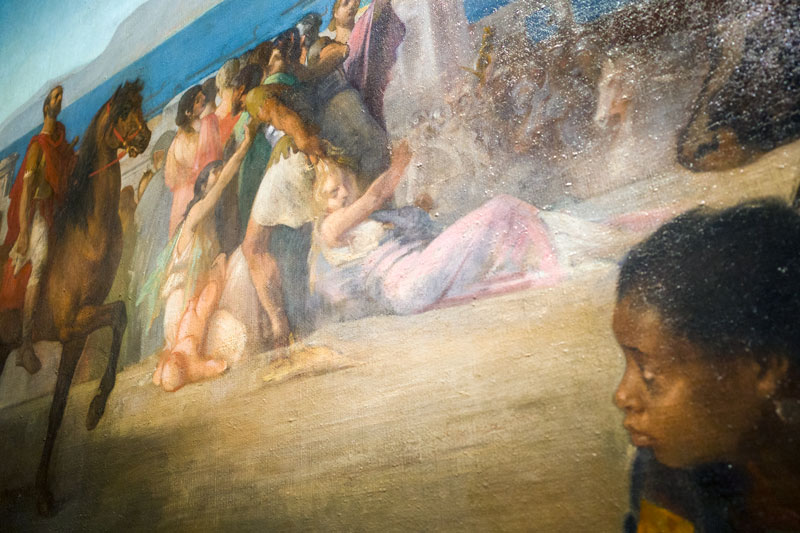
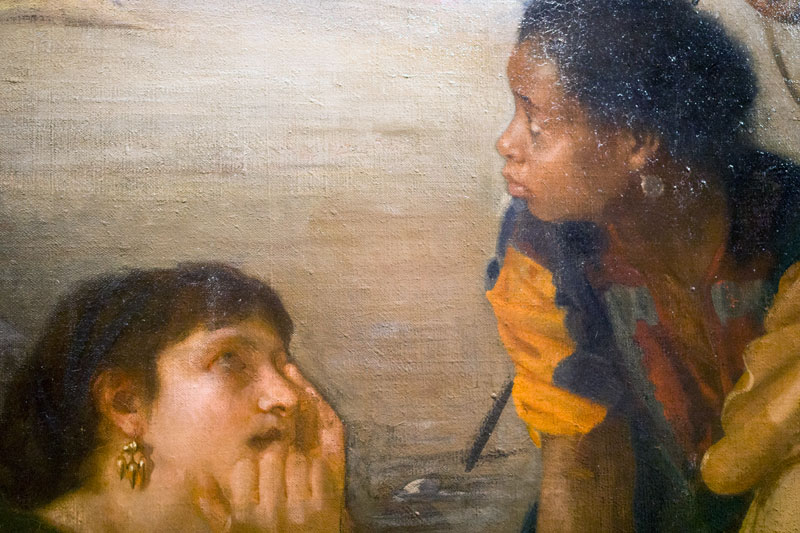
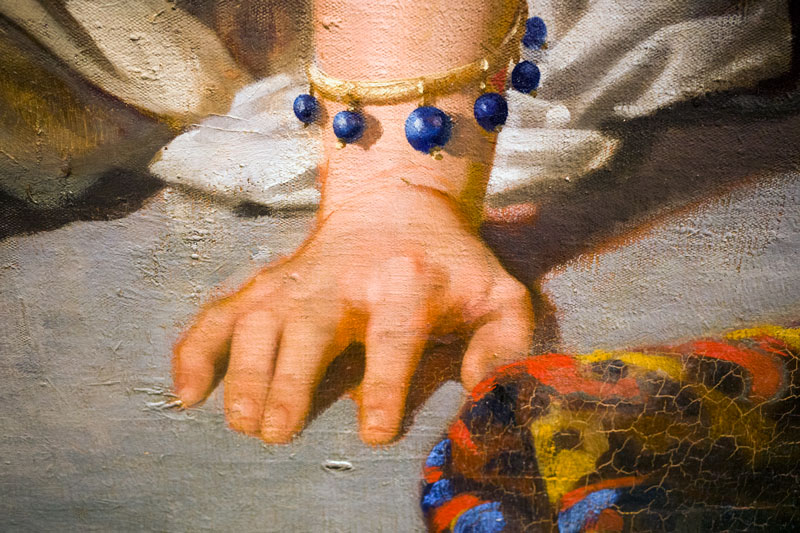
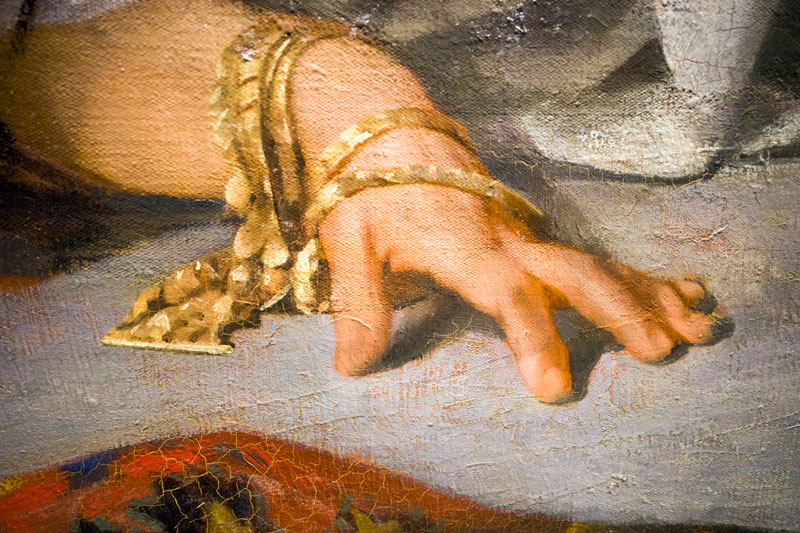
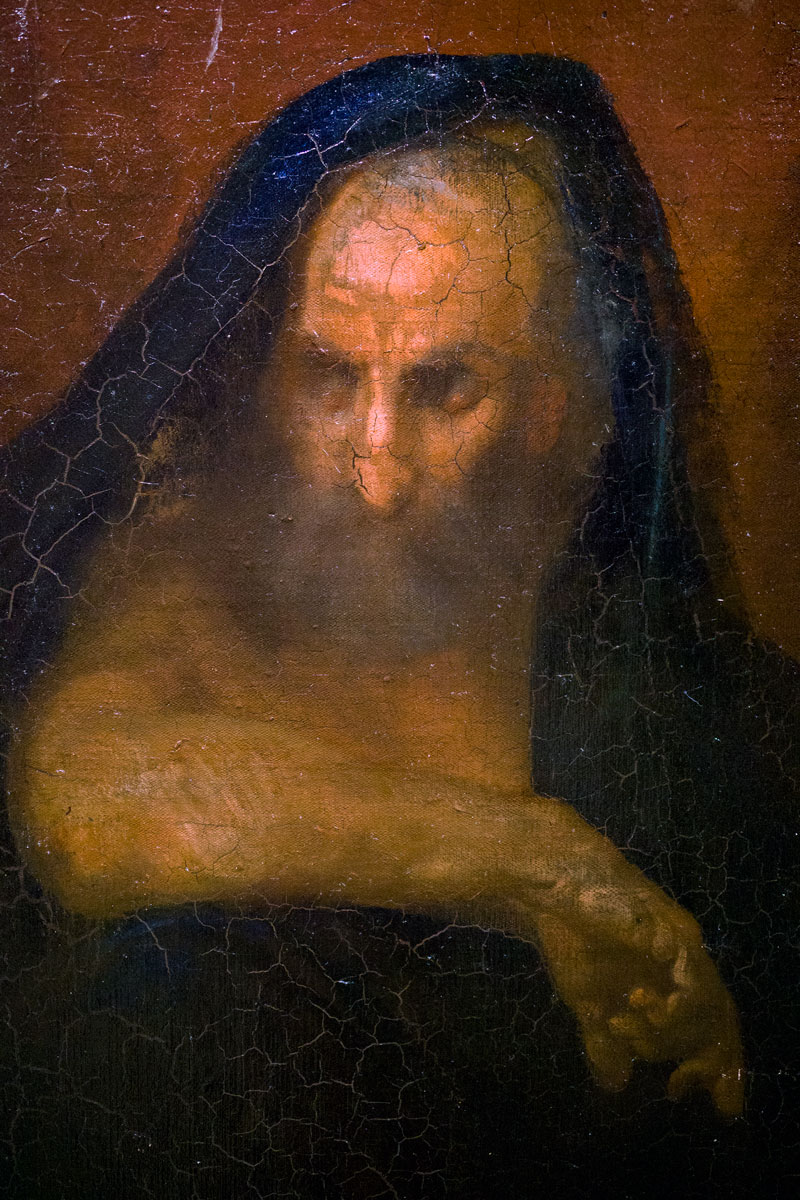
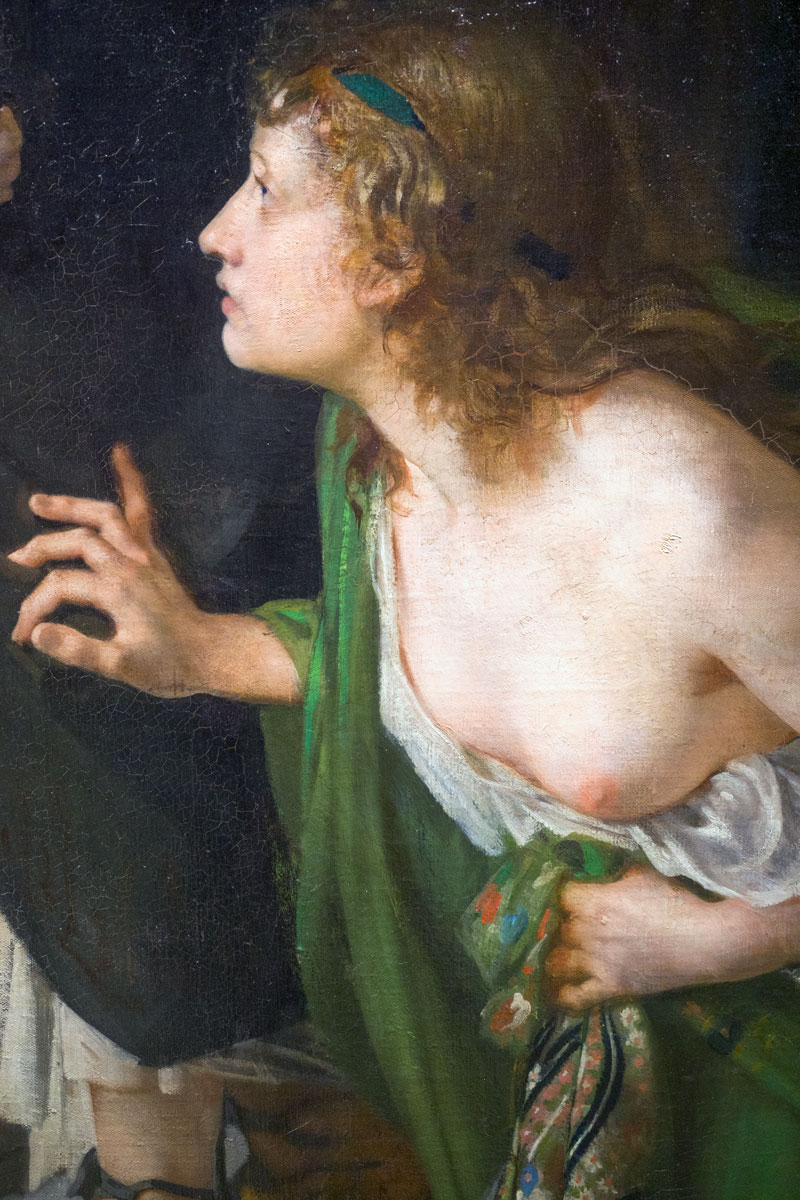
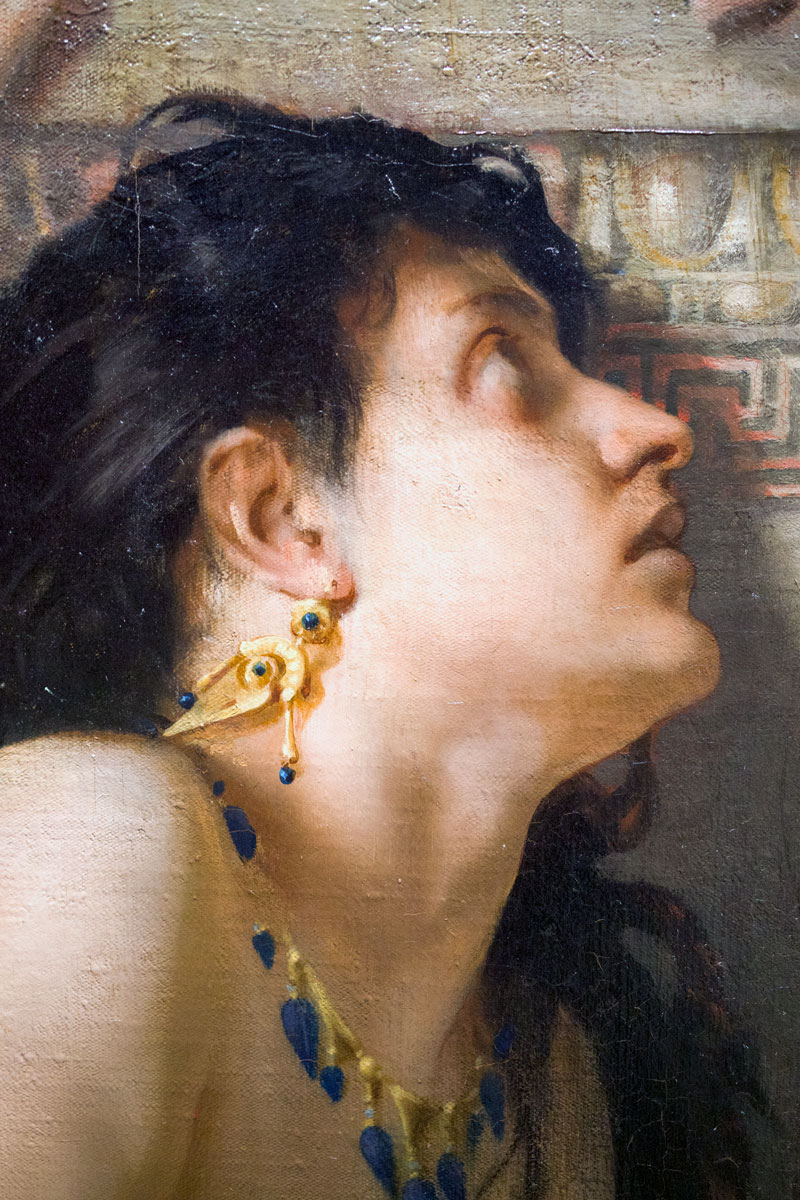
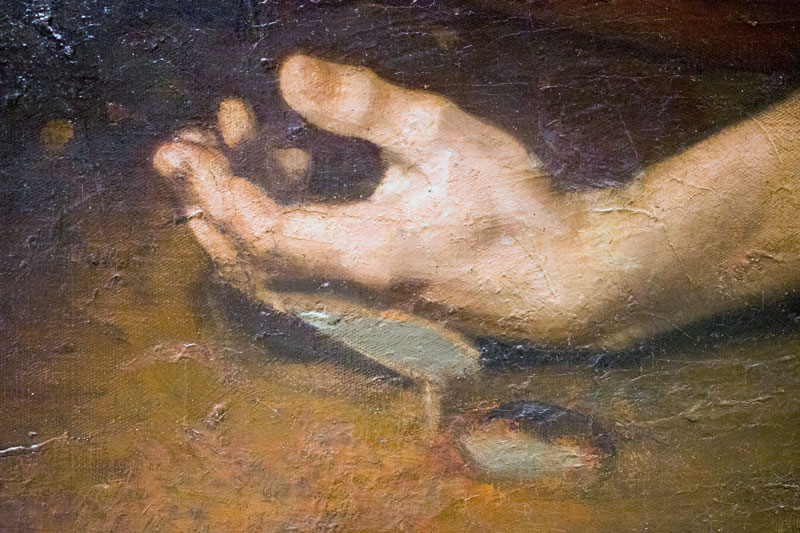


Auguste Glaize Epic Painting #3
“Gallic Women: Episode of the Roman Invasion” 1852
In this painting, Glaize celebrates the courage of proud Gauls preferring to end their lives and kill their children rather than surrender to the Roman invaders. The composition is hectic, even confused in the foreground, and the grimacing expressions of the heroines contravene the principles of clarity and restraint of historical painting.
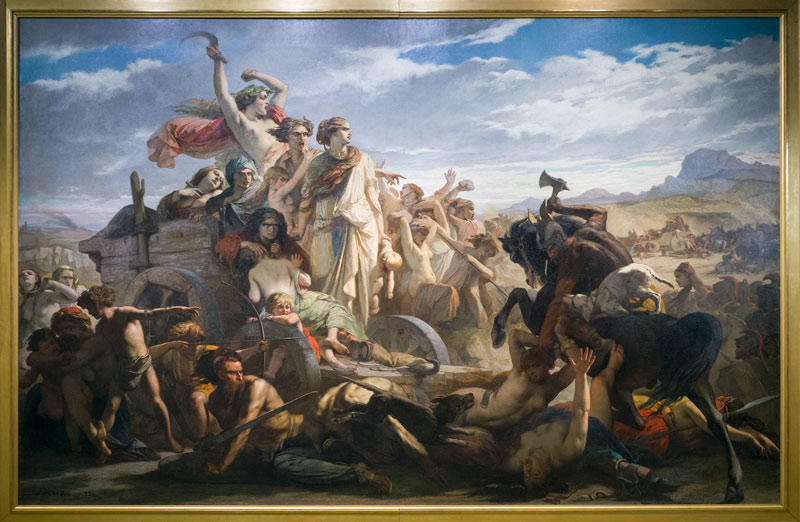
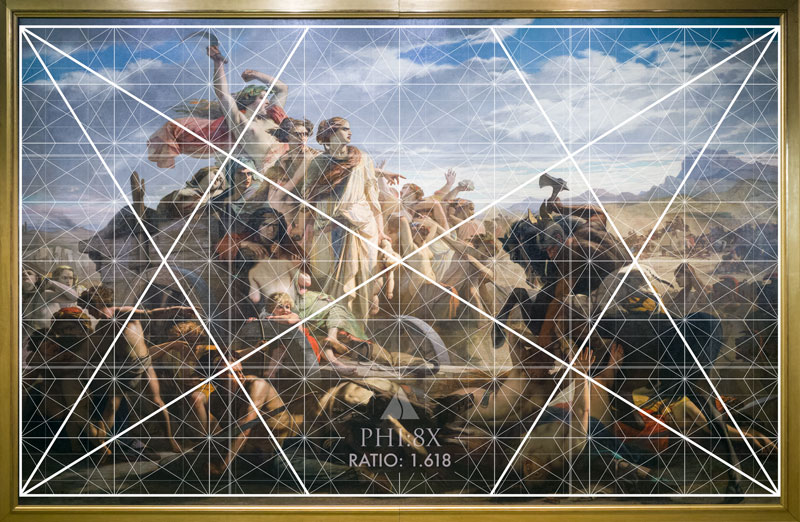

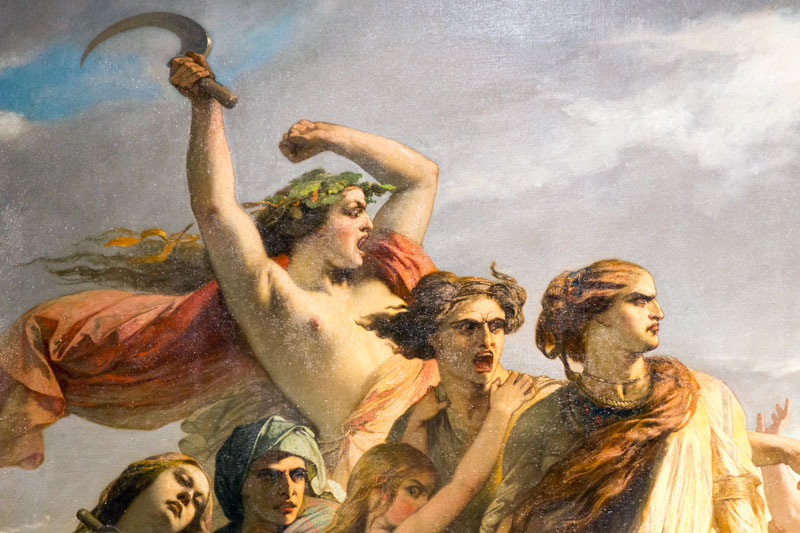
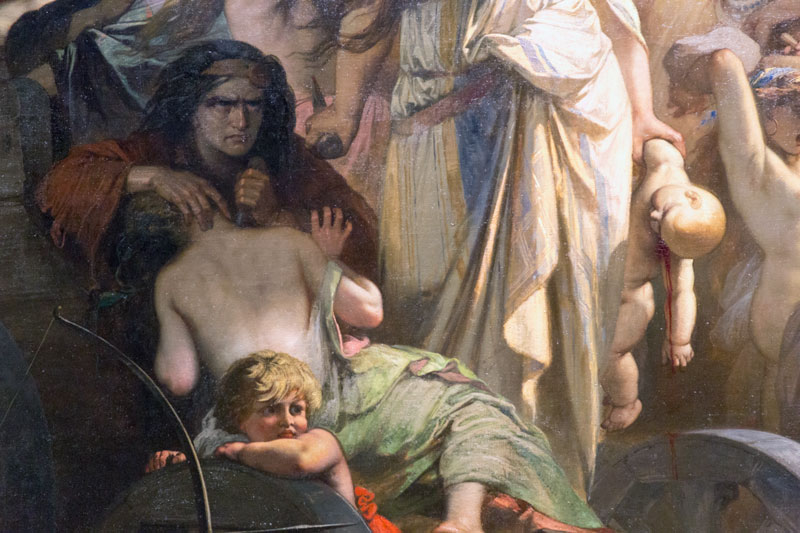

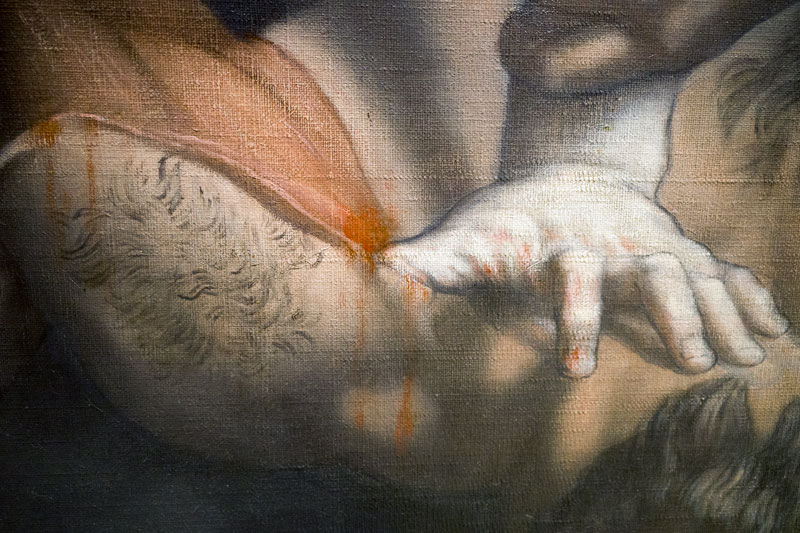
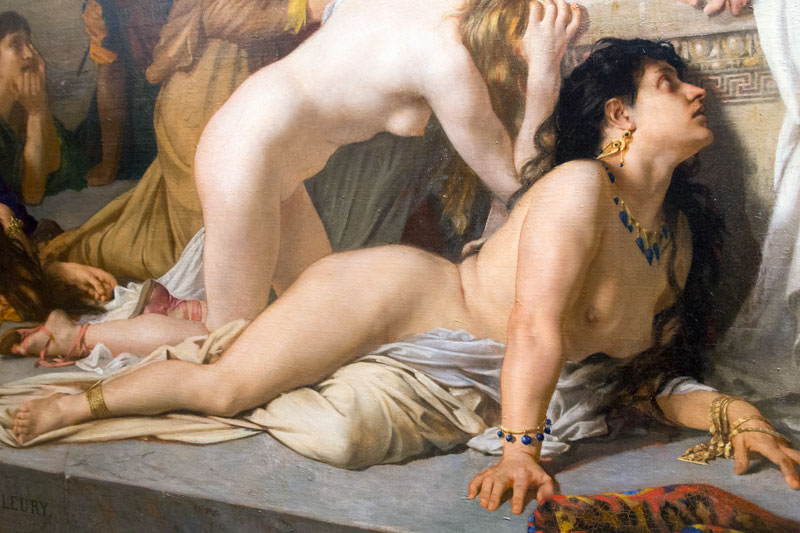




December 11, 2019 @ 2:24 pm
Omg, amazing hi-res pics!!!
February 8, 2020 @ 12:16 pm
Glad you like them, thanks for joining in!